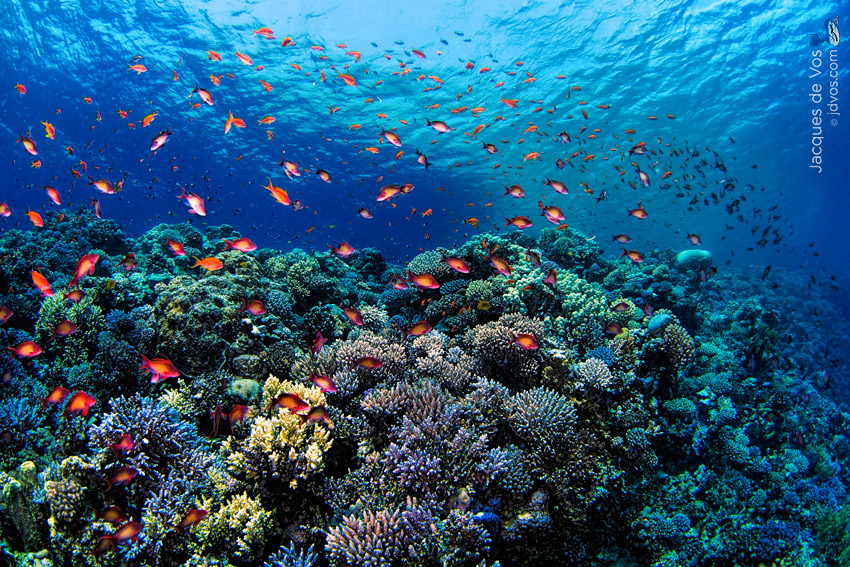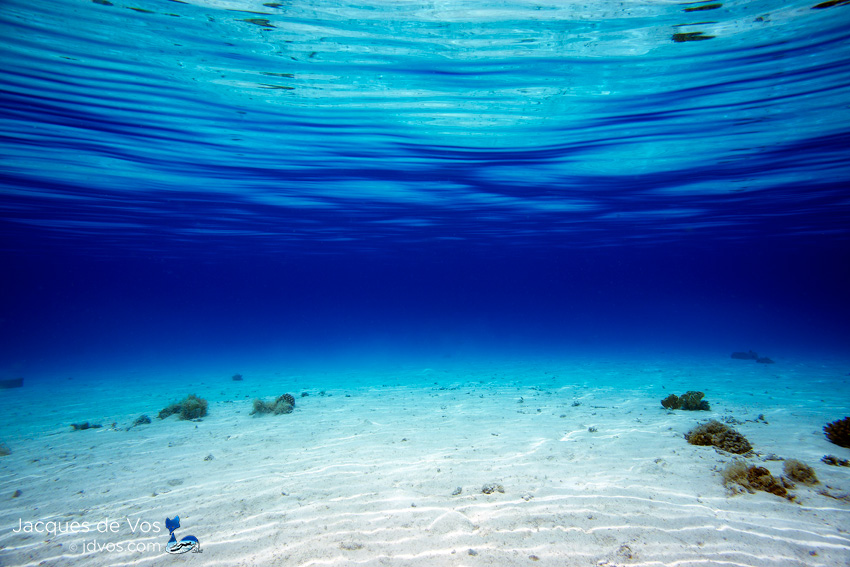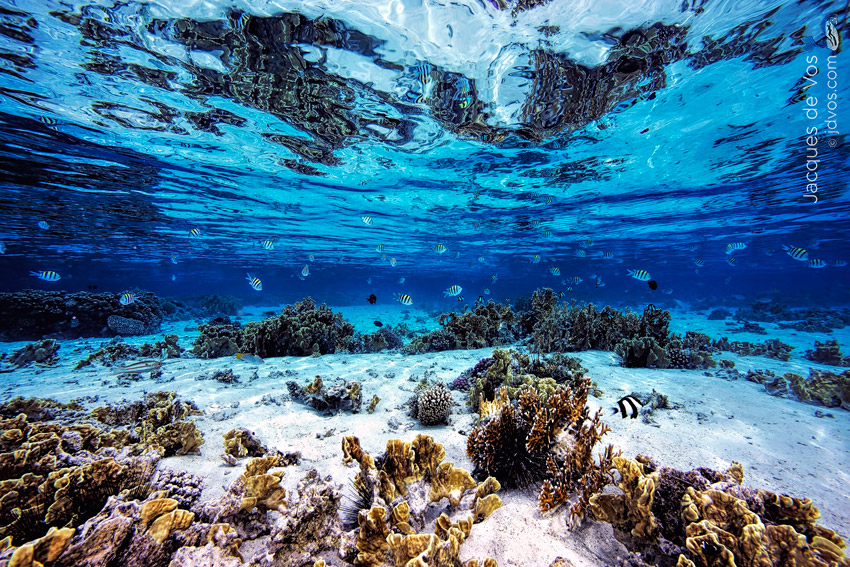All featured images taken with Ikelite housings and products.
Open spaces
How many times have you been in awe of a beautiful landscape image with anything from rolling grassy hills, snow-capped mountain peaks or just a very well composed still of a salt plain with an infinite horizon? What makes these images so special and why is it that even without a definite tangible object as a subject these images still draws us in and makes us ‘look around’?
What makes a landscape image?
Imagine an image of a beautiful African savannah with very few trees scattered over grassy plains which seem to disappear into an endless horizon bleeding into all the colours of perfect sunset…got it?
Now add a lion somewhere quite visible in the image you pictured…
What changed?
The image shifted from being a landscape to a wildlife image by simply adding a focal point to the image which draws your attention away from the surroundings (which then become a complimentary backdrop) to the tangible object which in this example happens to be a lion. The viewer sees the image, immediately focusses on the lion (assuming it was well composed) and gives a quick glance at the background to put the lion into perspective. Although this is quite an oversimplified example, it illustrates effectively how we as humans tend to focus on the primary focal point in an image. When the primary focal point is a vanishing point the viewer tends to fall on this point first and then explore the rest of the image (the landscape) to put the focal point into perspective and in effect takes in the whole landscape.
Underwater Photography
Many underwater photographers tend to look for the ‘lion’ when composing their shots. A quick online search for ‘Underwater Photography Images’ produces an impressive array of stills which for the most part have one thing in common; almost all of them focus on something tangible in the foreground as a subject (sharks, fish, models, dolphins, turtles, scuba divers etc).

Here the Devilfish is clearly the subject of the image and the first point the viewers eye falls on.
Almost every underwater photographer including myself have been guilty of complaining that they don’t have ‘anything interesting’ to take images of. This usually stems out of frustration of not having ‘big/small stuff’ in your area be it sharks, nudibranchs, dolphins, seals or stingrays, or believing that what is available is not interesting enough to shoot (which in itself is unlikely and will be discussed in a future article).
So why are we so obsessed with shooting ‘subjects’ underwater? The possible reasons to be listed are countless but it is safe to assume that most of them stem from a very basic human drive. Photographers love showing the viewer (even if this happens to be themselves) what they think would produce a ‘wow’ response.
Underwater Seascapes
This is where it gets interesting…
For years I dove through kelp forests in False Bay looking for sharks, seals or anything big to shoot as I personally love photographing large marine life. Although I realised the obvious beauty of having stems of kelp as a backdrop to these subjects I rarely paused to shoot seascapes of kelp as I did not consider that these would have the same impact as an image of a shark or a school of bait fish. This remained the same until the day I happened to browse through some stills after a dive session with a non-diver who kept responding with amazement at the shots where there was nothing but kelp. This is when it ‘clicked’ for me and as someone who spent a substantial amount of time shooting landscapes out of the water I was quite embarrassed to not have made the logical transition from land to water before this.
After this realisation I made a conscious effort to start spending time shooting underwater seascapes by applying the same theory you would use on land. By using proper composition (rule of thirds, vanishing points etc) I started producing images which had the same effect as traditional landscape images and I was excited by the results as well as by the response the images received.
The great thing about underwater seascape photography is that you can do it almost anywhere with very little equipment. Unfortunately we don’t always realise that what is commonplace to us might be something amazing to a person who has never been in the places you dive. The first time I dove in the Red Sea I could not get over how clear and blue the water was much to the amusement of the other divers and even though I am still very much aware of how impressive it is, I do sometimes forget just how astonishing it was the first time. This same sense of wonder you felt the first time you went snorkeling or diving in a new place is what can be conveyed through underwater seascape images, even if it’s just a photo of clear blue water without a single fish in sight as this might be someone’s idea of a perfect underwater scene.
What You Need To Get Started
The other great thing about shooting underwater seascapes is that you need very little in terms of equipment to get started. If you are just starting out have a look at compact housings which nowadays accommodate a wide variety of existing cameras models, like those produced by Ikelite. The awesome thing with Ikelite products is that they cater for all your future upgrades as well with everything from wide angle lenses (great for seascapes!), blue water filters to strobes and digital video lights.
With very wide shots it is possible to achieve remarkable results without the use of strobes which means that almost any camera in a housing will do the trick. For added colour, strobes definitely make a big difference when shooting something like a coral reef scene as it fills the foreground with light which brings back all the vibrant colours and eliminates some of the darker corners and holes in the reef itself.
Keep in mind that if you are moving closer to the foreground with the goal of achieving maximum results with strobe lighting then a wide angle lens (preferably fisheye) is highly recommended to still give the impression of a wide field of view.
Creativity And Inspiration
Hopefully this article will nudge a few more underwater photographers to start playing with underwater seascapes as the possibilities to explore your creativity are truly endless. If you need inspiration have a look at great landscape photographers and how they make use of black and white photography (like the legendary Ansel Adams), motion or absolute minimalism to capture the attention of the viewer while conveying a sense of being there.
For more underwater seascapes check out the Pinterest board ‘Underwater Seascapes’.








